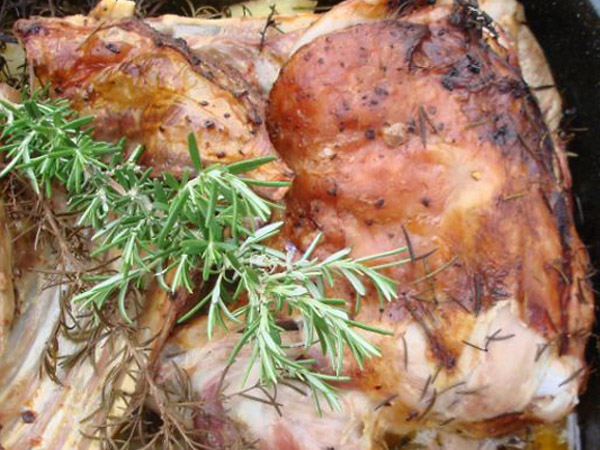Traditional Greek cuisine
Traditional Greek cuisine is a paradigm of the Mediterranean Diet. Many of the country’s food customs derive from the fasting dictates of the Greek Orthodox calendar, which means an abstention from all animal products and fish (but not seafood, which is bloodless) for about half the year. As a result, traditional Greek cuisine has countless main course vegetarian dishes, based on seasonal Greek ingredients, beans and legumes, wild greens, pasta and rice, and more.
Meat in traditional Greek cuisine and cooking was mainly reserved for the Sunday meal and for festive occasions. The main animal proteins in the Greek diet are lamb and goat, pork (especially in rural communities), poultry and some game. Fish and seafood, of course, are a seminal part of the Greek diet. The iconic Greek fish and seafood dishes are whole, grilled fish and octopus, but there are innumerable recipes for stewed, baked, and stuffed seafood and fish, often in combination with vegetables and beans.
Many traditional Greek cuisine’s dishes, in fact, call for combinations of vegetables, beans or rice with more expensive proteins. This was a way to stretch the larder in times of want.
Traditional Greek cuisine is based on the seasons. A typical Greek table is rarely set forth in courses, but rather filled with a variety of dishes nibbled at over long meals. This is the “meze” tradition, where wine and other alcoholic beverages play an important role. This is part of Greek culture. Small plates of savory foods that vary in color, texture, temperature, and spiciness are shared and always accompanied by something to drink.
All in all, traditional Greek cuisine and cooking are healthy, convivial, and delicious, because extra-virgin Greek olive oil plays a major role as a cooking fat and dressing (raw) in most Greek dishes, even in many sweets.
















